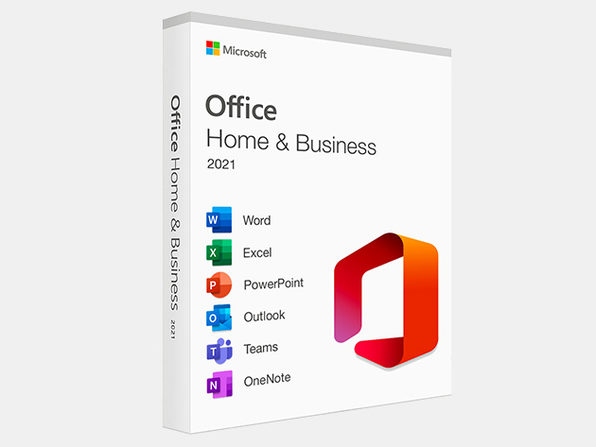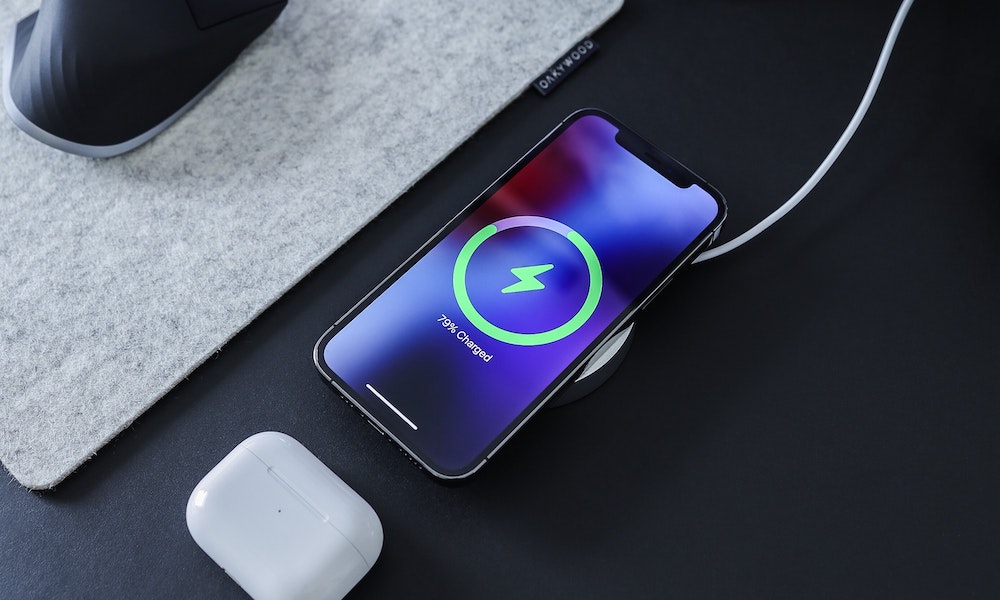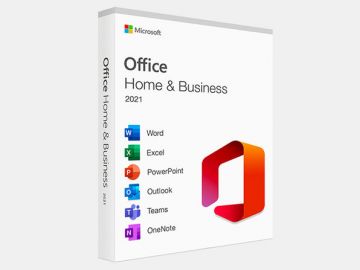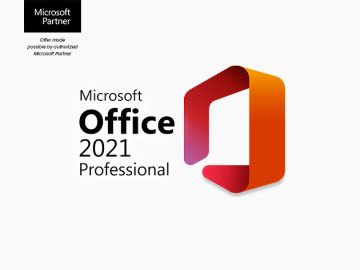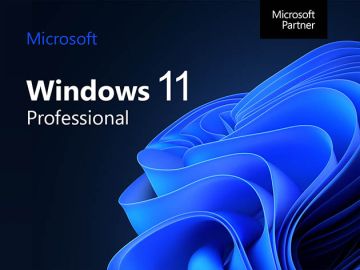Your Next iPhone Charger Won’t Need an Apple Logo to Be Fast
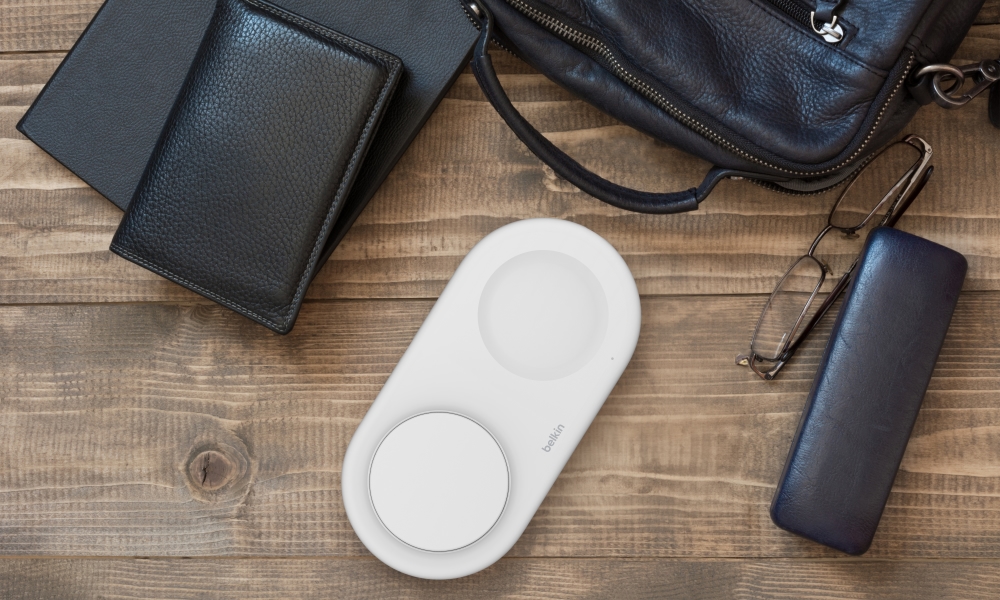 Belkin
Belkin
Toggle Dark Mode
Two years ago, Apple effectively “open-sourced” MagSafe by working with the Wireless Power Consortium (WPC) to create an updated version of the Qi open standard that would allow for faster charging for magnetically attached devices.
This became known as the Magnetic Power Profile (MPP) in the Qi2 standard, which the WPC announced in January 2023. In that announcement, the WPC credited Apple with “provid[ing] the basis for the new Qi2 standard building on its MagSafe technology.”
Qi2 with MPP enabled charging speeds of up to 15W for devices that could be magnetically docked onto a compatible charger, which is precisely what MagSafe had been doing for iPhone models since the iPhone 12 introduced the new technology in 2020.
Later that same year, Qi2 came to the iPhone 15 lineup, allowing folks to select from a variety of affordable accessories that didn’t carry the “MagSafe” premium. Apple added Qi2 to the iPhone 13 and iPhone 14 in iOS 17.2 and the iPhone 12 in iOS 17.4, effectively enabling the fastest possible Qi2 charging on all MagSafe-compatible iPhones. Older models are still limited to 7.5W Qi charging since they don’t have the magnets required to support the Qi2 Magnetic Power Profile.
However, not content to sit still at the 15W charging standard, Apple pulled charging speeds ahead last year when it released the iPhone 16 lineup with faster 25W MagSafe charging speeds. For the first time, wireless charging speeds roughly matched Apple’s wired charging speeds, although customers who wanted the fastest charging would also have to invest in a new MagSafe adapter. Older MagSafe adapters — and the extensive collection of Qi chargers available — were still limited to 15W.
However, the good news is that the lead won’t last for long. If anything, Apple merely jumped the gun on the next-generation Qi2 standard.
This week, the WPC has announced Qi v2.2.1, which it says will be branded as “Qi2 25W” to keep things simple. As that name suggests, the new standard will support the same 25W charging speeds as Apple’s MagSafe, which was likely just Apple’s “draft” version of the new standard. We’ll have to wait to see if the new MagSafe chargers will deliver 25W to non-Apple devices, but the WPC confirmed in its announcement that the iPhone is on board, and “major Android smartphones” will soon join the party.
“Fourteen devices, receivers and transmitters, completed Qi2 25W certification testing in a limited launch last week,” the press release states, with WPC chair Fady Mishriki adding that “The momentum building behind the next stage in the evolution of the Qi standard is incredible,” and that there are an “unprecedented” number of devices in the certification queue.
It’s unclear whether the iPhone 16 will require an update to support the Qi2 25W standard, but it seems likely that one will be forthcoming. The iPhone 17 is also sure to support the new standard, but there’s also a possibility that Apple may be preparing to leap ahead again. Last month, regulatory filings spotted by 91mobiles (in a report that can now only be found on archive.org) pointed to two new MagSafe chargers for the iPhone 17 lineup that could deliver charging speeds of up to 50W. At the time, the report confused this with the Qi 2.2 standard, but now that we know this will be limited to 25W, the existence of these MagSafe chargers suggests that Apple may once again be preparing to take MagSafe to the next level.

